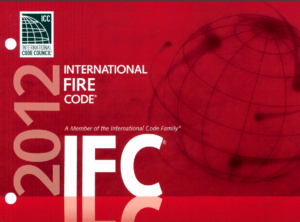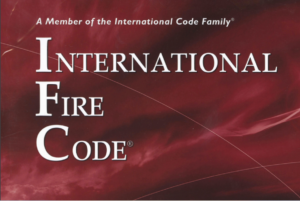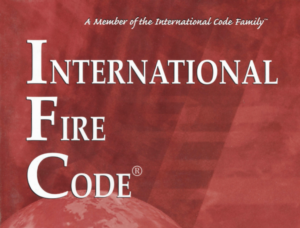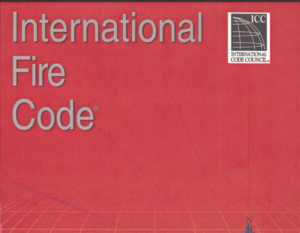The 2003 edition of NFPA 1021 outlines the professional qualifications required for fire officers, detailing the skills, knowledge, and competencies needed across four defined levels of progression. It was developed by the Technical Committee on Fire Officer Professional Qualifications under the NFPA Standards Council and became effective in August 2003.
The standard recognizes the evolving nature of fire service responsibilities and the importance of having a clearly defined set of job performance requirements (JPRs) that fire officers must meet. These requirements are designed to ensure that fire officers are equipped to handle both emergency and non-emergency situations effectively, emphasizing operational, safety, and leadership skills.
NFPA 1021 is structured to provide a pathway for career progression from Fire Officer I through Fire Officer IV, each level building on the skills and knowledge acquired in the previous one. This structure supports a fire officer’s development through increased responsibilities, ranging from direct firefighting and small team management at level I to complex administrative duties at level IV.
Significant changes in the 2003 edition include modifications to the job performance requirements to reflect real-world duties more accurately, and updates to ensure consistency with the NFPA Manual of Style. The standard also pays homage to the firefighters who lost their lives during the September 11, 2001, attacks, underscoring the critical importance of comprehensive training and qualifications for fire safety personnel.
Overall, NFPA 1021 serves as a crucial framework for defining the roles and responsibilities of fire officers, ensuring they are prepared to lead, manage, and execute the functions of fire departments effectively across various emergencies and operational scenarios.






